Hua Zhou
Learn then Decide: A Learning Approach for Designing Data Marketplaces
Mar 13, 2025Abstract:As data marketplaces become increasingly central to the digital economy, it is crucial to design efficient pricing mechanisms that optimize revenue while ensuring fair and adaptive pricing. We introduce the Maximum Auction-to-Posted Price (MAPP) mechanism, a novel two-stage approach that first estimates the bidders' value distribution through auctions and then determines the optimal posted price based on the learned distribution. We establish that MAPP is individually rational and incentive-compatible, ensuring truthful bidding while balancing revenue maximization with minimal price discrimination. MAPP achieves a regret of $O_p(n^{-1})$ when incorporating historical bid data, where $n$ is the number of bids in the current round. It outperforms existing methods while imposing weaker distributional assumptions. For sequential dataset sales over $T$ rounds, we propose an online MAPP mechanism that dynamically adjusts pricing across datasets with varying value distributions. Our approach achieves no-regret learning, with the average cumulative regret converging at a rate of $O_p(T^{-1/2}(\log T)^2)$. We validate the effectiveness of MAPP through simulations and real-world data from the FCC AWS-3 spectrum auction.
OptMetaOpenFOAM: Large Language Model Driven Chain of Thought for Sensitivity Analysis and Parameter Optimization based on CFD
Mar 03, 2025Abstract:Merging natural language interfaces with computational fluid dynamics (CFD) workflows presents transformative opportunities for both industry and research. In this study, we introduce OptMetaOpenFOAM - a novel framework that bridges MetaOpenFOAM with external analysis and optimization tool libraries through a large language model (LLM)-driven chain-of-thought (COT) methodology. By automating complex CFD tasks via natural language inputs, the framework empowers non-expert users to perform sensitivity analyses and parameter optimizations with markedly improved efficiency. The test dataset comprises 11 distinct CFD analysis or optimization tasks, including a baseline simulation task derived from an OpenFOAM tutorial covering fluid dynamics, combustion, and heat transfer. Results confirm that OptMetaOpenFOAM can accurately interpret user requirements expressed in natural language and effectively invoke external tool libraries alongside MetaOpenFOAM to complete the tasks. Furthermore, validation on a non-OpenFOAM tutorial case - namely, a hydrogen combustion chamber - demonstrates that a mere 200-character natural language input can trigger a sequence of simulation, postprocessing, analysis, and optimization tasks spanning over 2,000 lines of code. These findings underscore the transformative potential of LLM-driven COT methodologies in linking external tool for advanced analysis and optimization, positioning OptMetaOpenFOAM as an effective tool that streamlines CFD simulations and enhances their convenience and efficiency for both industrial and research applications. Code is available at https://github.com/Terry-cyx/MetaOpenFOAM.
A Semiparametric Bayesian Method for Instrumental Variable Analysis with Partly Interval-Censored Time-to-Event Outcome
Jan 23, 2025



Abstract:This paper develops a semiparametric Bayesian instrumental variable analysis method for estimating the causal effect of an endogenous variable when dealing with unobserved confounders and measurement errors with partly interval-censored time-to-event data, where event times are observed exactly for some subjects but left-censored, right-censored, or interval-censored for others. Our method is based on a two-stage Dirichlet process mixture instrumental variable (DPMIV) model which simultaneously models the first-stage random error term for the exposure variable and the second-stage random error term for the time-to-event outcome using a bivariate Gaussian mixture of the Dirichlet process (DPM) model. The DPM model can be broadly understood as a mixture model with an unspecified number of Gaussian components, which relaxes the normal error assumptions and allows the number of mixture components to be determined by the data. We develop an MCMC algorithm for the DPMIV model tailored for partly interval-censored data and conduct extensive simulations to assess the performance of our DPMIV method in comparison with some competing methods. Our simulations revealed that our proposed method is robust under different error distributions and can have superior performance over its parametric counterpart under various scenarios. We further demonstrate the effectiveness of our approach on an UK Biobank data to investigate the causal effect of systolic blood pressure on time-to-development of cardiovascular disease from the onset of diabetes mellitus.
CareBot: A Pioneering Full-Process Open-Source Medical Language Model
Dec 23, 2024Abstract:Recently, both closed-source LLMs and open-source communities have made significant strides, outperforming humans in various general domains. However, their performance in specific professional domains such as medicine, especially within the open-source community, remains suboptimal due to the complexity of medical knowledge. In this paper, we propose CareBot, a bilingual medical LLM, which leverages a comprehensive approach integrating continuous pre-training (CPT), supervised fine-tuning (SFT), and reinforcement learning with human feedback (RLHF). Our novel two-stage CPT method, comprising Stable CPT and Boost CPT, effectively bridges the gap between general and domain-specific data, facilitating a smooth transition from pre-training to fine-tuning and enhancing domain knowledge progressively. We also introduce DataRater, a model designed to assess data quality during CPT, ensuring that the training data is both accurate and relevant. For SFT, we develope a large and diverse bilingual dataset, along with ConFilter, a metric to enhance multi-turn dialogue quality, which is crucial to improving the model's ability to handle more complex dialogues. The combination of high-quality data sources and innovative techniques significantly improves CareBot's performance across a range of medical applications. Our rigorous evaluations on Chinese and English benchmarks confirm CareBot's effectiveness in medical consultation and education. These advancements not only address current limitations in medical LLMs but also set a new standard for developing effective and reliable open-source models in the medical domain. We will open-source the datasets and models later, contributing valuable resources to the research community.
Smaller Language Models Are Better Instruction Evolvers
Dec 15, 2024



Abstract:Instruction tuning has been widely used to unleash the complete potential of large language models. Notably, complex and diverse instructions are of significant importance as they can effectively align models with various downstream tasks. However, current approaches to constructing large-scale instructions predominantly favour powerful models such as GPT-4 or those with over 70 billion parameters, under the empirical presumption that such larger language models (LLMs) inherently possess enhanced capabilities. In this study, we question this prevalent assumption and conduct an in-depth exploration into the potential of smaller language models (SLMs) in the context of instruction evolution. Extensive experiments across three scenarios of instruction evolution reveal that smaller language models (SLMs) can synthesize more effective instructions than LLMs. Further analysis demonstrates that SLMs possess a broader output space during instruction evolution, resulting in more complex and diverse variants. We also observe that the existing metrics fail to focus on the impact of the instructions. Thus, we propose Instruction Complex-Aware IFD (IC-IFD), which introduces instruction complexity in the original IFD score to evaluate the effectiveness of instruction data more accurately. Our source code is available at: \href{https://github.com/HypherX/Evolution-Analysis}{https://github.com/HypherX/Evolution-Analysis}
MoSLD: An Extremely Parameter-Efficient Mixture-of-Shared LoRAs for Multi-Task Learning
Dec 12, 2024Abstract:Recently, LoRA has emerged as a crucial technique for fine-tuning large pre-trained models, yet its performance in multi-task learning scenarios often falls short. In contrast, the MoE architecture presents a natural solution to this issue. However, it introduces challenges such as mutual interference of data across multiple domains and knowledge forgetting of various tasks. Additionally, MoE significantly increases the number of parameters, posing a computational cost challenge. Therefore, in this paper, we propose MoSLD, a mixture-of-shared-LoRAs model with a dropout strategy. MoSLD addresses these challenges by sharing the upper projection matrix in LoRA among different experts, encouraging the model to learn general knowledge across tasks, while still allowing the lower projection matrix to focus on the unique features of each task. The application of dropout alleviates the imbalanced update of parameter matrix and mitigates parameter overfitting in LoRA. Extensive experiments demonstrate that our model exhibits excellent performance in both single-task and multi-task scenarios, with robust out-of-domain generalization capabilities.
Evaluation of OpenAI o1: Opportunities and Challenges of AGI
Sep 27, 2024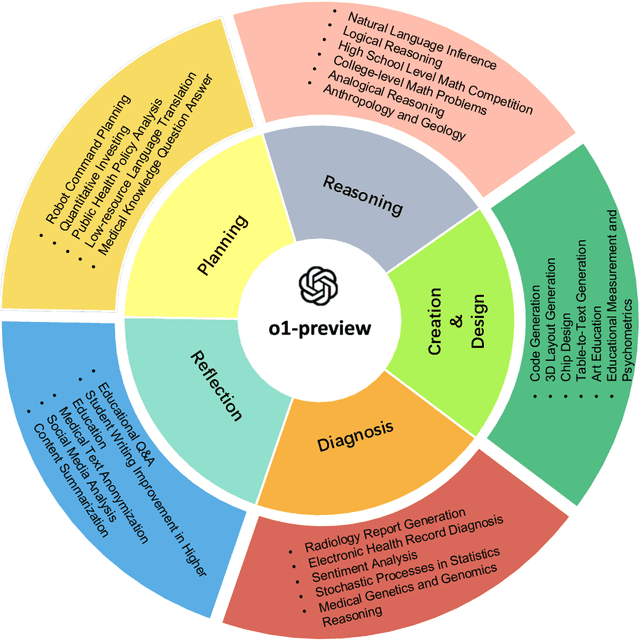
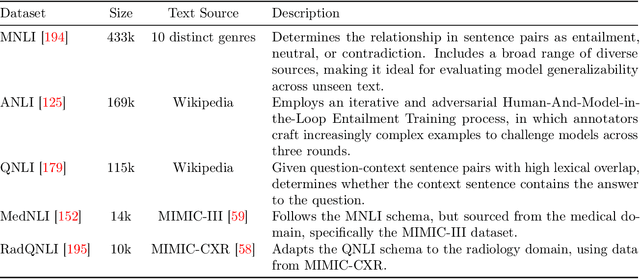
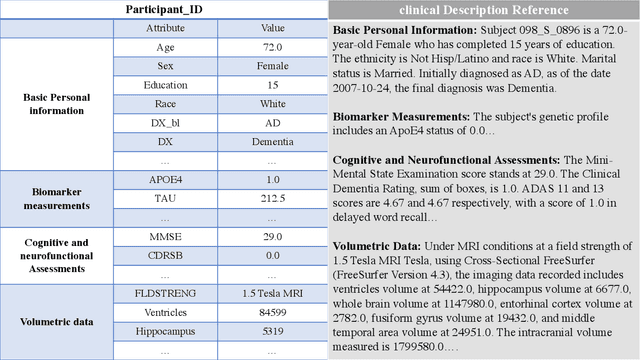

Abstract:This comprehensive study evaluates the performance of OpenAI's o1-preview large language model across a diverse array of complex reasoning tasks, spanning multiple domains, including computer science, mathematics, natural sciences, medicine, linguistics, and social sciences. Through rigorous testing, o1-preview demonstrated remarkable capabilities, often achieving human-level or superior performance in areas ranging from coding challenges to scientific reasoning and from language processing to creative problem-solving. Key findings include: -83.3% success rate in solving complex competitive programming problems, surpassing many human experts. -Superior ability in generating coherent and accurate radiology reports, outperforming other evaluated models. -100% accuracy in high school-level mathematical reasoning tasks, providing detailed step-by-step solutions. -Advanced natural language inference capabilities across general and specialized domains like medicine. -Impressive performance in chip design tasks, outperforming specialized models in areas such as EDA script generation and bug analysis. -Remarkable proficiency in anthropology and geology, demonstrating deep understanding and reasoning in these specialized fields. -Strong capabilities in quantitative investing. O1 has comprehensive financial knowledge and statistical modeling skills. -Effective performance in social media analysis, including sentiment analysis and emotion recognition. The model excelled particularly in tasks requiring intricate reasoning and knowledge integration across various fields. While some limitations were observed, including occasional errors on simpler problems and challenges with certain highly specialized concepts, the overall results indicate significant progress towards artificial general intelligence.
Aqulia-Med LLM: Pioneering Full-Process Open-Source Medical Language Models
Jun 18, 2024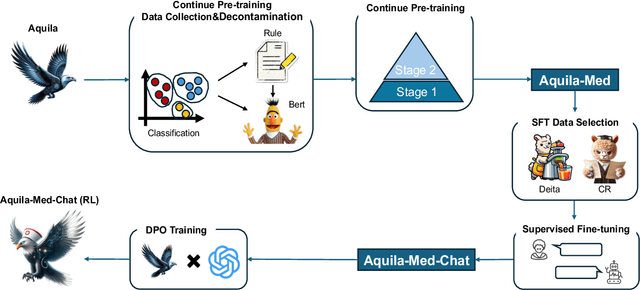

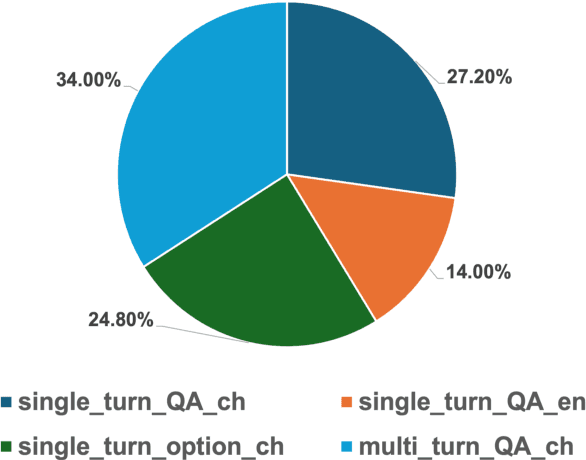

Abstract:Recently, both closed-source LLMs and open-source communities have made significant strides, outperforming humans in various general domains. However, their performance in specific professional fields such as medicine, especially within the open-source community, remains suboptimal due to the complexity of medical knowledge. We propose Aquila-Med, a bilingual medical LLM based on Aquila, addressing these challenges through continue pre-training, supervised fine-tuning (SFT), and reinforcement learning from human feedback (RLHF). We construct a large-scale Chinese and English medical dataset for continue pre-training and a high-quality SFT dataset, covering extensive medical specialties. Additionally, we develop a high-quality Direct Preference Optimization (DPO) dataset for further alignment. Aquila-Med achieves notable results across single-turn, multi-turn dialogues, and medical multiple-choice questions, demonstrating the effectiveness of our approach. We open-source the datasets and the entire training process, contributing valuable resources to the research community. Our models and datasets will released at https://huggingface.co/BAAI/AquilaMed-RL.
Extensions to the Proximal Distance of Method of Constrained Optimization
Sep 02, 2020



Abstract:The current paper studies the problem of minimizing a loss $f(\boldsymbol{x})$ subject to constraints of the form $\boldsymbol{D}\boldsymbol{x} \in S$, where $S$ is a closed set, convex or not, and $\boldsymbol{D}$ is a fusion matrix. Fusion constraints can capture smoothness, sparsity, or more general constraint patterns. To tackle this generic class of problems, we combine the Beltrami-Courant penalty method of optimization with the proximal distance principle. The latter is driven by minimization of penalized objectives $f(\boldsymbol{x})+\frac{\rho}{2}\text{dist}(\boldsymbol{D}\boldsymbol{x},S)^2$ involving large tuning constants $\rho$ and the squared Euclidean distance of $\boldsymbol{D}\boldsymbol{x}$ from $S$. The next iterate $\boldsymbol{x}_{n+1}$ of the corresponding proximal distance algorithm is constructed from the current iterate $\boldsymbol{x}_n$ by minimizing the majorizing surrogate function $f(\boldsymbol{x})+\frac{\rho}{2}\|\boldsymbol{D}\boldsymbol{x}-\mathcal{P}_S(\boldsymbol{D}\boldsymbol{x}_n)\|^2$. For fixed $\rho$ and convex $f(\boldsymbol{x})$ and $S$, we prove convergence, provide convergence rates, and demonstrate linear convergence under stronger assumptions. We also construct a steepest descent (SD) variant to avoid costly linear system solves. To benchmark our algorithms, we adapt the alternating direction method of multipliers (ADMM) and compare on extensive numerical tests including problems in metric projection, convex regression, convex clustering, total variation image denoising, and projection of a matrix to one that has a good condition number. Our experiments demonstrate the superior speed and acceptable accuracy of the steepest variant on high-dimensional problems. Julia code to replicate all of our experiments can be found at https://github.com/alanderos91/ProximalDistanceAlgorithms.jl.
2-bit Model Compression of Deep Convolutional Neural Network on ASIC Engine for Image Retrieval
May 08, 2019



Abstract:Image retrieval utilizes image descriptors to retrieve the most similar images to a given query image. Convolutional neural network (CNN) is becoming the dominant approach to extract image descriptors for image retrieval. For low-power hardware implementation of image retrieval, the drawback of CNN-based feature descriptor is that it requires hundreds of megabytes of storage. To address this problem, this paper applies deep model quantization and compression to CNN in ASIC chip for image retrieval. It is demonstrated that the CNN-based features descriptor can be extracted using as few as 2-bit weights quantization to deliver a similar performance as floating-point model for image retrieval. In addition, to implement CNN in ASIC, especially for large scale images, the limited buffer size of chips should be considered. To retrieve large scale images, we propose an improved pooling strategy, region nested invariance pooling (RNIP), which uses cropped sub-images for CNN. Testing results on chip show that integrating RNIP with the proposed 2-bit CNN model compression approach is capable of retrieving large scale images.
 Add to Chrome
Add to Chrome Add to Firefox
Add to Firefox Add to Edge
Add to Edge